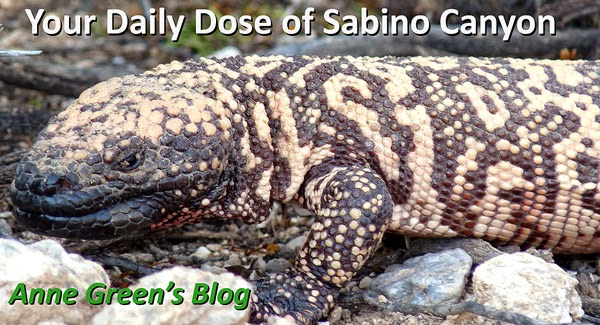Are you passionate about environmental education? Would you like to expand your knowledge about the ecological relationships that make Sabino Canyon such a special place, its desert plants and animals, native and natural history, aquatic life and geology? Over 140 active
Sabino Canyon Volunteer Naturalists (SCVN) share your passion and welcome you to join us.
SCVN is now recruiting for the Class of 2013. Training begins September 3, 2013 and continues each Monday through December 9, 2013. Classes are taught by local faculty and experts in the History of Sabino Canyon, Mammalogy, Hohokam, Plant Biology, Desert Ecology, Ornithology, Riparian Ecology, Geology, Arthropods and Herpetology. Graduates provide interpretation for regularly scheduled elementary Field Trip programs, hikes, public bird, wildlife, and plant and geology nature walks and demonstrations, as well as performing conservation efforts to combat buffelgrass, giant reed and other invasive species to preserve Sabino Canyon’s delicate ecological balance.
Sabino Canyon Volunteer Naturalists have been called “Influencers of the Future,” making indelible impressions on the growing minds of another generation. In 2011-2012, SCVN’s free programs reached over 7,000 school children and 11,000 adults, providing education on Southwestern deserts’ and forests’ biodiversity, their conservation, and the consequences of their destruction. Because experience is the best teacher, our trained naturalists bring children and adults into the canyon where they can watch, touch, feel and hear the desert via programs and activities that foster understanding, respect and appreciation of the natural wonders of Sabino Canyon.
Helping a child learn to be comfortable in the outdoors and to appreciate, no, revel in nature, is quite possibly one of the greatest legacies we can give. If you share these sensibilities, please consider becoming a Sabino Canyon Volunteer Naturalist. The application is available
here.















































